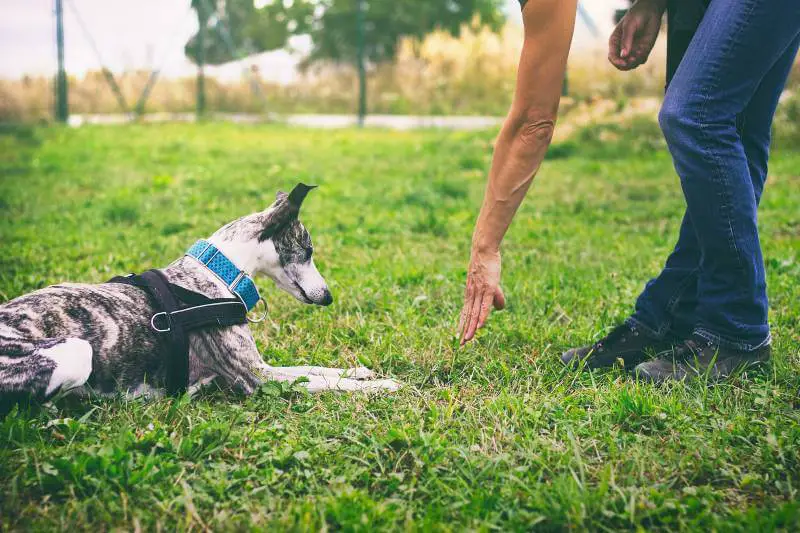Thus, the first major mistake of dog owners can be considered a lack of understanding about training or having a misconception about this noble cause.
In order to prevent such a mistake and not to have to correct it, it is necessary to read several books about this very training before starting to train your dog. This is, of course, if the owner plans to train his dog on his own.

If the owner deals with the dog on a training ground, that is, at a dog school or on an individual basis under the guidance of an instructor, then, in this case, it is easier to make mistakes: failure to follow the instructor’s recommendations or the implementation of recommendations that do not fully correspond to the original are considered errors. Wind on your mustache. By the way, reading a couple of books about training is also not forbidden.
Quite often, the owners do not attach due importance to the recommendations of specialists, considering them, for example, excessive or too complex. Often, relying on their common sense or the opinion of a neighbor, they simplify them.
So, despite the obvious value of the recommendation to create a dog’s interest in training, only a small proportion of owners responsibly approach the dog’s interests. And if the dog is not interested (that is, not important for her) in classes with a trainer, then she does not remember the skills well or does not remember them at all. Why memorize something that is not interesting and not important ?! Remember yourself loved ones at school!
What does it mean to interest a dog? This means arousing in her a burning desire to perform an action or an equally burning desire to possess the result of an action. And for this, it is necessary to create the corresponding needs and motivation in the dog. But also not only to create but also to maintain at the required level. For example, if the owner uses food as reinforcement, then the dog must be dog-hungry. That is, it should be hungry to such an extent that it will be ready to go into fire and water for a pellet of feed.
What the books describe as “treats” often lack the necessary value for the dog. You can live without delicacies!
The same goes for the need for play. It is effective to use it in training only when the dog will exchange all the dogs in the world for a toy and play with the owner!
If the interest in reinforcement is low, then the action that leads to such reinforcement is not important to the dog.
By the way, training sessions should be stopped as soon as the dog’s interest in reinforcement decreases.
The next common mistake of owners is the abuse of aversive influences on the dog. Aversive, so that you know, is called a stimulus that causes a dog to feel uncomfortable or pain.
Forcing a dog to act in general and with the help of aversive influences in particular causes negative emotions and fear in the dog. And no one likes pain, negative emotions, and fear. The commands given by the owner, the skills, the place where training takes place, over time are associated with negative emotions, and the dog loses all desire to interact with the owner. And if learning is unpleasant and scary, then you don’t want to learn. Consider this.
It is considered a mistake to practice too much and too often, as well as too little and too rarely. You can practice every day, but little by little. You can practice every other day, then the duration of the classes should be increased. But the dog itself does not become educated, it must be educated.
Duration of the lesson? The lesson lasts as long as the dog retains attention and interest, as long as she has a desire to engage with you in this very training. It is best to stick to this regime: a couple of minutes of boring activities – a couple of minutes of a fun break. And again: a couple of minutes of classes – a couple of minutes off.
You cannot repeat the same exercise for a long time. Dogs get tired of monotony just like people.
Often, owners stop using the leash too early as a means of controlling behavior. This leads to the fact that dogs quickly realize that when the leash is unfastened, the owner’s power ceases. It is more correct to distinguish three stages of skill formation: on a short leash, on a medium-length leash, and on a 10-meter-long leash. The leash should be unfastened only when the dog is guaranteed to obey the commands on a long leash.
Many owners repeat the command over and over again and use threatening command intonation. Believe me, dogs understand perfectly well that the main thing is the consequences of words, not words at all. Give one command in a commanding tone, but be sure to get it done. Then the next time the dog will know what awaits her.
And one should not violate the generalized learning algorithm: from simple to complex and from general to particular!
Good luck!
